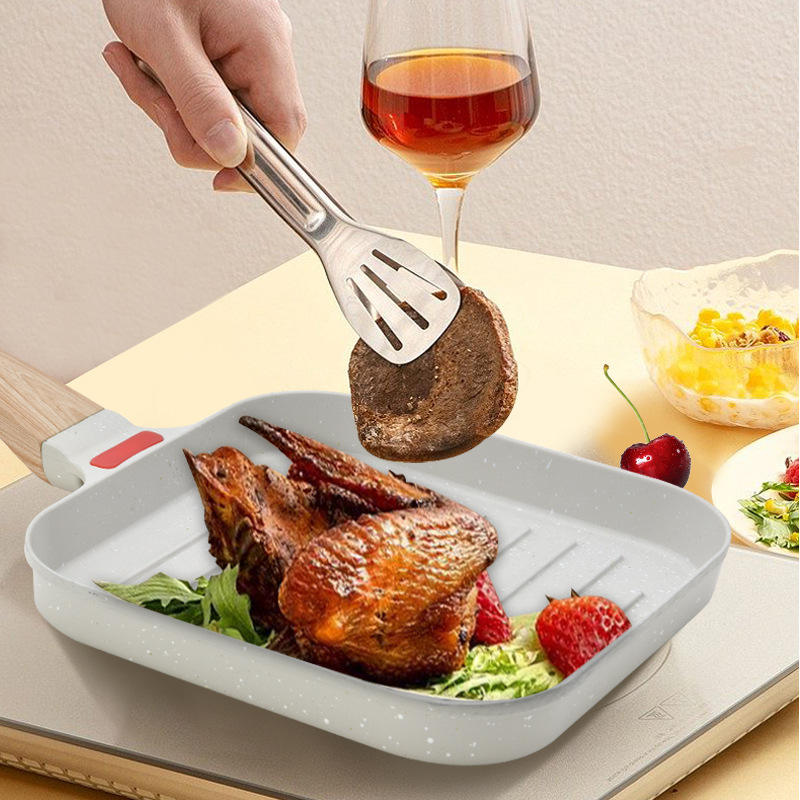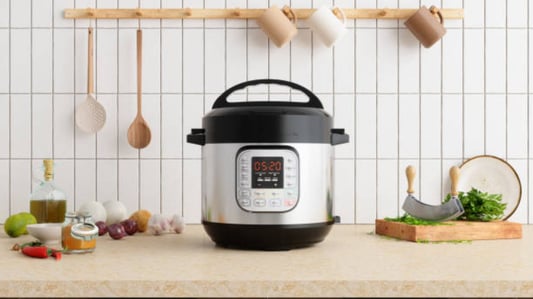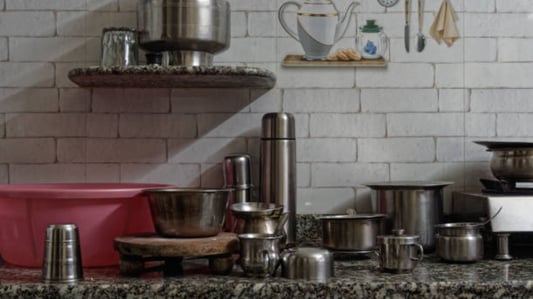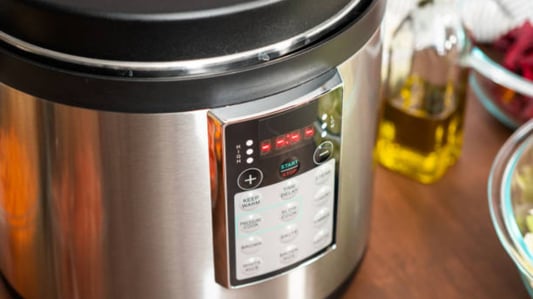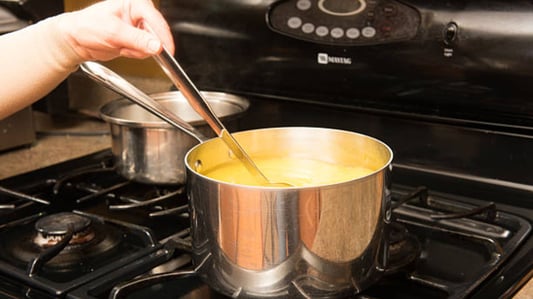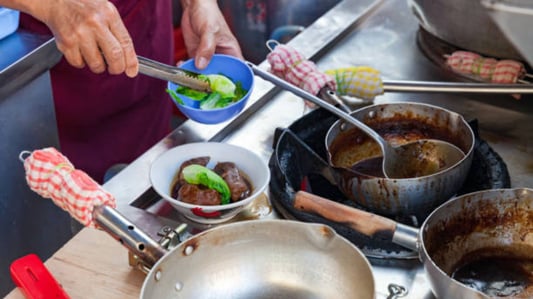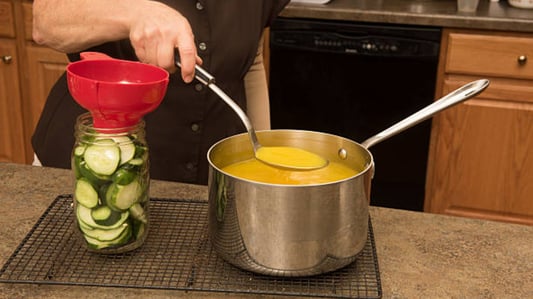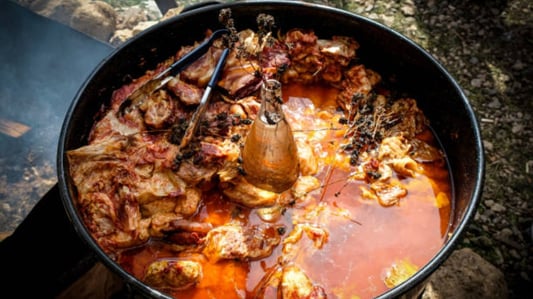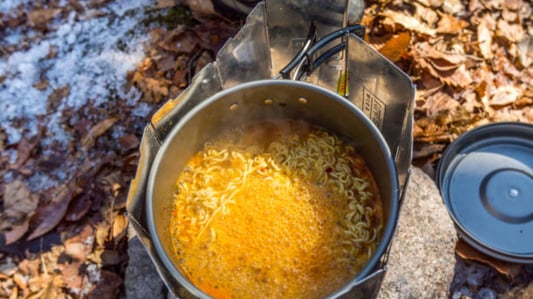Utilize Vertical Space with Hooks and RacksOne of the best ways to optimize your kitchen space is by mounting hooks and racks on the walls or inside cabinet doors. This allows you to hang pots, pans, and utensils, freeing up valuable drawer and countertop space.Invest in Adjustable ShelvingAdjustable shelving is a great investment for optimizing your kitchen space. It allows you to customize the height between shelves to accommodate different sizes of cookware and avoid wasted space.Use Drawer Dividers for OrganizationDrawer dividers are essential for keeping your cookware neatly organized. They can help you separate pots, pans, lids, and other items, making it easier to find what you need quickly.Store Less-Used Items in Hard-to-Reach AreasIf you have cookware that you don't use often, consider storing it in hard-to-reach areas like high cabinets or the back of deep drawers. This frees up more accessible space for items you use regularly.Utilize Lazy Susans for Corner CabinetsLazy Susans are a game-changer for corner cabinets, as they allow you to easily access items in the back without having to rummage through everything in front. This is a great way to maximize space and improve efficiency.Hang a Pot Rack from the CeilingIf you have limited cabinet space, consider hanging a pot rack from the ceiling. This not only frees up valuable cabinet space but also adds a decorative touch to your kitchen.Stack Pots and Pans with Nesting Cookware SetsInvesting in nesting cookware sets can help you save space by allowing you to stack pots and pans inside each other. This is a great space-saving solution for smaller kitchens.Use Pegboards for Wall StoragePegboards are a versatile storage solution that can be customized to fit your specific needs. Use hooks and shelves to hang pots, pans, and utensils, keeping them easily accessible while freeing up cabinet space.Opt for Magnetic Strips for Knife StorageMagnetic strips are a practical and space-saving way to store knives. Mount them on the wall to keep your knives within easy reach while also avoiding cluttered countertop knife blocks.Utilize Under-Cabinet Space with Hooks or RacksDon't neglect the space underneath your cabinets! Install hooks or racks to hang mugs, wine glasses, or even pots and pans to free up valuable cabinet and countertop space.Quote InquiryContact us!

